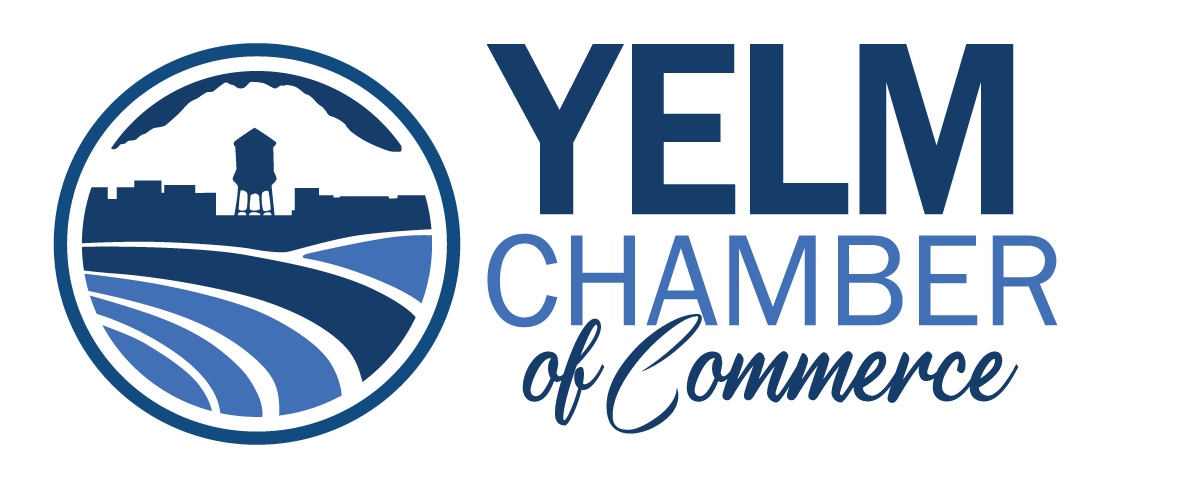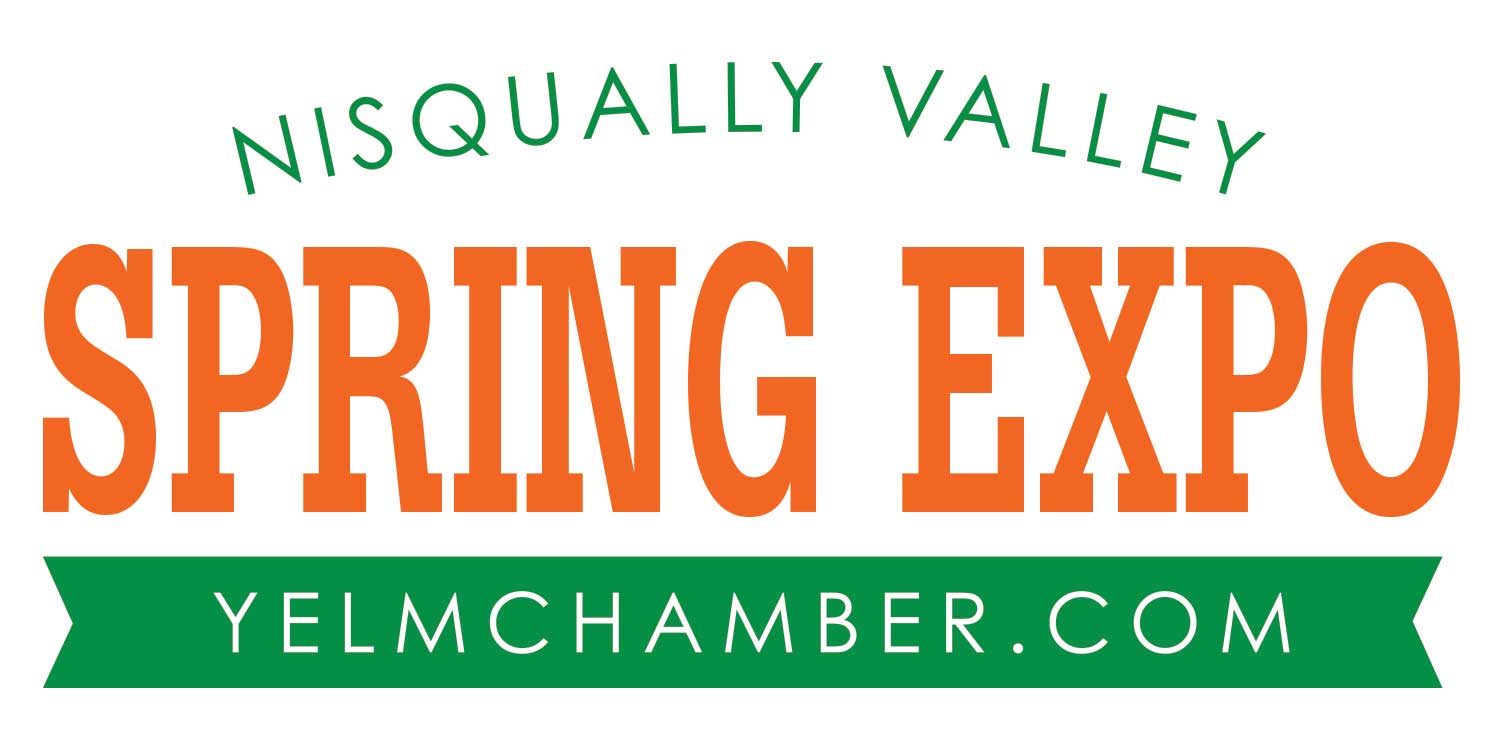Most Common International Fire Code (IFC) Violations for Businesses
In an effort to better serve you and help you to prevent fire hazards in your business, the following information is provided to you on behalf of S.E. Thurston Fire Authority. A list of the Most Common International Fire Code Violations (IFC 2015) can assist you in reducing potential fire hazards in your business and staying in compliance with the fire code. If have any questions concerning this Information, please contact me.
Matt Russell
Fire Inspector,
S.E. Thurston Fire Authority inspector21@setfa.org
(360) 915-2195
1) Addressing. Numbers shall be provided for all new and existing buildings in such a position as to be plainly visible and legible from the street or road fronting the property. Numbers shall be a minimum of 4″ high, with a contrasting background. (IFC 505.1)
2) Combustibles too Close to the Ceiling. In buildings with sprinklers, combustibles are to be at least 18″ from the ceiling. In buildings without sprinklers, the minimum distance to the ceiling is 24″. Also, do not store combustibles under unprotected stairways. (IFC Section 315)
3) Combustibles too Close to Heat Producing Devices. Keep combustibles a minimum of 3 feet from baseboard heaters, propane or natural gas appliances and 18″ from electrical appliances Appliances include furnaces, water heaters, and portable heaters. (IFC Section 305)
4) Cooking Hood and Duct Cleaning. Hoods, grease-removal devices, fans, ducts, and other appurtenances shall be cleaned every 6 months or as necessary to prevent the accumulation of grease. Cleanings shall be recorded and records shall state the extent, time, and date of cleaning. Records shall be kept on the premises. (IFC Section 607)
5) Cooking Hood and Duct Extinguishing System. Dry chemical extinguishing systems shall be inspected and tested for proper operation at 6 month intervals. Clean agent systems shall be inspected and tested at 12 month intervals. Records of inspection and testing shall be maintained. (IFC Section 904)
6) Egress Means. Combustible materials shall not be stored in exits or exit enclosures. (IFC 315.3.2)
7) Electrical Panels. Electrical rooms shall be marked with a sign stating “Electrical Room.” A working space of not less than 30″ in width (or as wide as the panel if larger than 30”), 36″ in depth, and 78″ in height shall be provided in front of electrical service equipment. The working space shall not be less than the width of the panel. All holes in electrical panels must be covered with blank plastic covers. Do not place tape over circuit breakers. (IFC Section 604)
8) Emergency Lights. The bulb or bulbs must be lit when the test button is pushed. If the light(s) do not work, the battery may need to be replaced. (IFC 1031.10)
9) Exit Signs. All bulbs in exit signs need to function. Many exit signs are equipped with a battery back-up in case of loss of power. Push the test button on the side or bottom of the exit sign to check if the battery and D/C lights are operating. If not, it is probably the battery that needs replacing and not the bulbs. (IFC 1025.2.6.1)
10) Extension Cords. Extension cords are for temporary use only and are not to be used in lieu of permanent wiring. They may be used for up to 90 days or unplugged when not in use. Extension cords cannot pass through doorways, walls, floors, ceilings, or under floor coverings unless protected in conduit Extension cords shall be used only with portable appliances and grounded. Extension cords shall show no signs of damage and not be plugged into each other. (IFC 604.5)
11) Extinguishers. Service must be performed annually by a licensed fire extinguisher contractor and have a current service tag attached. Most businesses need a minimum 2A size/type extinguisher for every 3,000 square feet. Occupants need to be within 75 feet of an extinguisher. Extinguishers need to be mounted three to five feet off of the floor in a highly visible and accessible location. (IFC Section 906)
12) Fire Alarm Systems. A local Monitored and unmonitored system needs to be serviced at least annually. A maintenance sticker shall be placed on the fire alarm panel. (IFC Section 907 and NFPA 72)
13) Fire-rated Doors. These self-closing doors shall not be blocked open, obstructed, nor made inoperable. (IFC Section 705)
14) Fire Sprinkler Systems. These systems need annual servicing. A maintenance tag is required to be placed on the sprinkler system. Keep a clear access to the riser and do not store items within three feet of riser system. A sprinkler head cabinet needs to be mounted next to the riser, containing a sprinkler head wrench and a minimum of six spare sprinkler heads. (IFC 901, NFPA 25.5.4.1)
15) Key Box. The fire code official is authorized to require a key box (also known as a Knox Box) with working key to gain access for firefighting purposes. (IFC Section 506)
16) Obstructed Exits. Exit aisles for the public shall not be less than 36″ in width. (IFC Sections 1017 and 1028)
17) Open Junction Boxes. Open junction boxes and open-wiring splices shall be prohibited. Approved covers shall be provided for all switch and electrical outlet boxes. (IFC 604.6)
18) Surge Protectors. Surge protectors (power taps) shall be only connected to a permanently installed receptacle. Piggy-backed surge protectors are not allowed. They shall be equipped with over-current protection and must be plugged into an outlet. (IFC 604.4)
19) Pressurized Cylinders. Cylinders or tanks, whether empty or full, need to be chained or secured in such a way so they cannot tip over. (IFC 5303.5.3)
20) Signage. On doors to sprinkler riser room or to the fire alarm panel, place “Riser Room” or “FACP” (Fire Alarm Control Panel) sign on door, using a minimum of 2” red letters. (IFC Section 509)
21) Storage in Equipment/Electrical Rooms. Combustible material shall not be stored in boiler rooms, mechanical rooms, elevator rooms, or electrical equipment rooms. (IFC 315.3.3)
22) Thumb-Turn Deadbolts This type of deadbolt is against the Americans with Disabilities Act (ADA) for exit doors in public places. Exit doors are to remain unlocked during business hours. (IFC Section 1010.)
23) Unprotected Ceilings. Keep ceiling tiles in place or replace when damaged. Fire spreads rapidly through holes or openings in ceilings. Ceiling tiles are a part of your fire resistance-rated ceiling. Seal all holes in ceilings and walls and keep attic-access lids in place. (IFC Section 703 & 704)
24) Waste Accumulation. Combustible waste material, creating a fire hazard, shall not be allowed to accumulate in buildings or structures or upon premises. (IFC Section 304)
25) Obstruction and Clear Space around Hydrants and FDCs. Unobstructed access to Fire Hydrants and FDCs shall be maintained at all times. A clear 3’ circumference shall be maintained around all hydrants. (IFC 507.5.4 &.5)
About the International Fire Code (ICF)
The Cities of Yelm and Rainier adopt the fire code by ordinance. The current adopted code can be found in Yelm Municipal Code Chapter 18.22. A free online version of this code can be found on the International Code Council website at www.iccsafe.org. For questions about other city codes that may impact your business, visit City of Yelm website at www.ci.yelm.wa.us or contact the City of Yelm Community Development Department at 360-458-3244.

